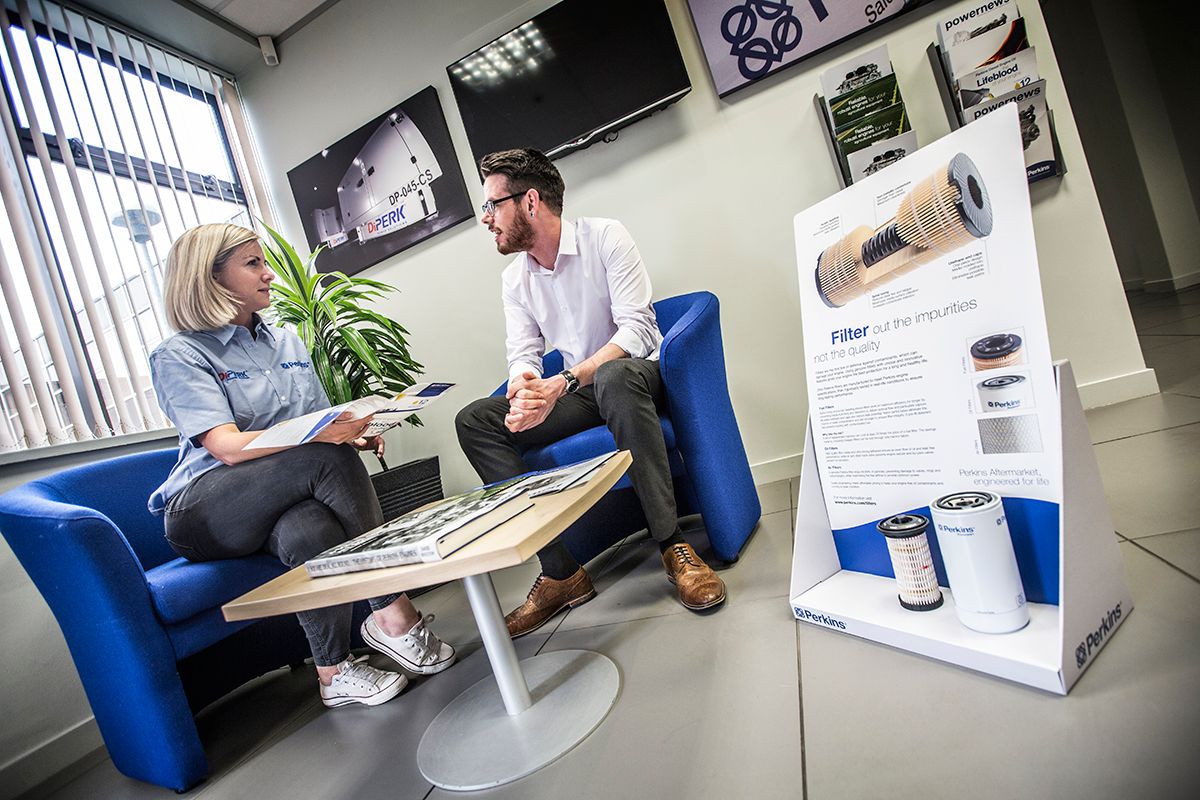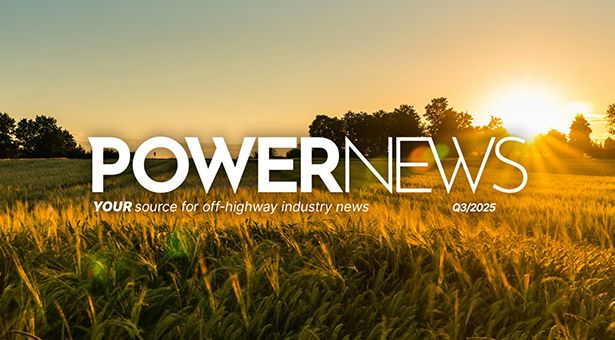Globally, there are increasingly stringent standards on emissions – and the technology we useensures our products meet the standards wherever the engines are being used in the world. Our diesel oxidation catalysts, diesel particulate filters, selective catalytic reduction, series turbos,exhaust gas recirculation, high pressure common rail fuel systems and ammonia oxidation catalysts give high-end performance with reduced engine emissions.
When it comes to emissions and technology, Perkins is a world leader. Our engines employ thelatest techniques to ensure your customers meet emission standards wherever they are.
The range of technologies that we offer across our engine range creates a series of versatile solutions that can be used in a variety of applications. Our technology solutions provide OEM swith flexibility, machine integration, dependable power and a lifetime of low costs for the operator.
The range of technologies that we offer across our engine range creates a series of versatile solutions that can be used in a variety of applications. Our technology solutions provide OEM swith flexibility, machine integration, dependable power and a lifetime of low costs for the operator.
EU Stage IV/U.S. EPA Tier 4 Final emission standards require engine manufacturers to reduce the oxides of nitrogen (NOx) and particulate matter produced by an engine by 90 percent compared with a Tier 1 equivalent engine.
At Perkins, we have appropriate products and technology for the different emission standards. Collaborating with our customers from concept to installation allows us to seamlessly apply our engine range and technology portfolio to their applications. In this way, our knowledge and expertise helps develop an OEM machine that meets their performance expectations while complying with the relevant standards.
We have a deep understanding of the range of technologies available to meet the requirements of the different emission standards. This enables us to use the appropriate technology for any particular application or market.
While meeting Stage IIIB/IV and Tier 4 Interim/Final emission standards is the primary aim of our technology offering, there are several other benefits to installing our aftertreatment options including:
We have focused our offering on the following technologies:
The diesel oxidation catalyst (DOC) reduces particulate matter, with both carbon dioxide and hydrocarbons converted to carbon dioxide and water vapour. The DOC also optimises the nitrogen monoxide and nitrogen dioxide ratios for both passive diesel particulate filter regeneration and the optimal conversion of nitrogen oxides in selective catalytic reduction.
Our DOCs are easy to install and maintain and they don’t require any additional control from the machine operator.
The diesel particulate filter (DPF) captures the particulate matter formed during combustion. It can be regenerated passively or actively and is offered as a wall-flow or flow-through device. ADPF solution allows for lower fuel consumption and better transient response and performance.
Selective catalytic reduction (SCR) is the catalysed chemical reaction that reduces nitrogen oxides to water and nitrogen. It’s a process that uses diesel exhaust fluid (DEF) as the reductant. The DEF is injected into a tube where it mixes with the exhaust and the reactions take place as the DEF/exhaust mixture passes through the SCR catalyst. Perkins has developed systems to limit the amount of DEF consumption required and it’s a highly effective way to reduce nitrogen oxides.
Our series turbos, sometimes referred to as sequential turbos, involve two turbochargers installed in line rather than parallel. It gives a higher engine rating through a smaller displacement engine, along with increased power density and performance. It means you can downsize your engine to bring about improved efficiency and reduced emissions.
Exhaust gas recirculation is used to reduce the levels of oxides of nitrogen (NOx) emitted by the engine. The recirculation of exhaust gas into the engine’s cylinder replaces some of the air with carbon dioxide. That lowers combustion temperature due to the reduction in oxygen and, inturn, that reduces the amount of nitrogen oxides formed.
High pressure common rail fuel systems improve engine performance through more efficient combustion and can be more fuel efficient than other systems. Due to stable pilot injections, engine noise is lower and fewer nitrogen oxides are produced, reducing the aftertreatment required to meet global emission standards.
Most SCR systems are equipped with an ammonia oxidation catalyst (also referred to as anAMOX or clean-up/slip catalyst) to ensure excess ammonia does not exit the tailpipe.
Your regional Perkins Distributor can provide local, on-the-ground engine support.
Learn MoreOur digital magazine with the latest news, interviews and analysis.
Read moreIf you're ready to receive trusted advice from a Perkins expert, speak to our team today.
Connect with us


